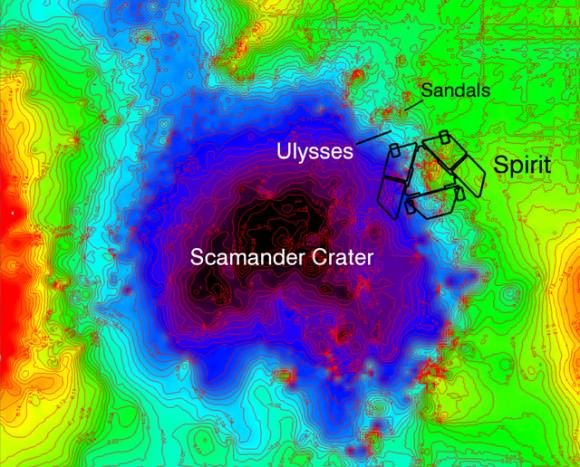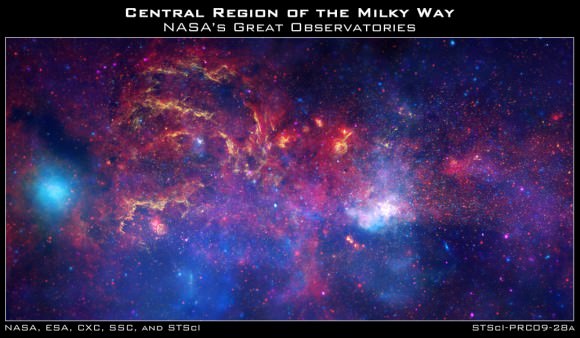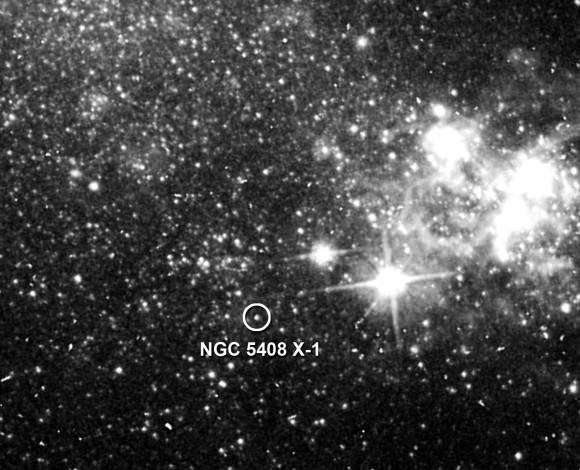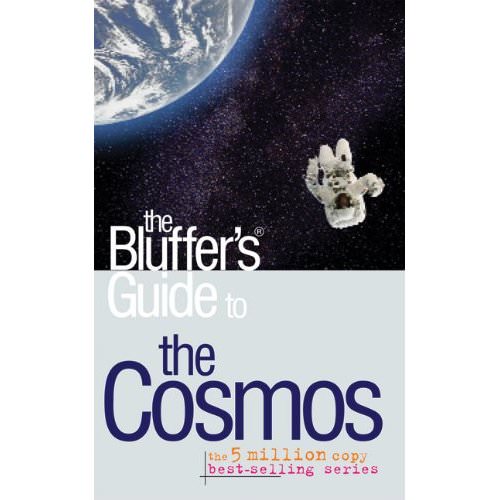Atlas Launch halted by ORCA; Shuttle Atlantis Next in Line
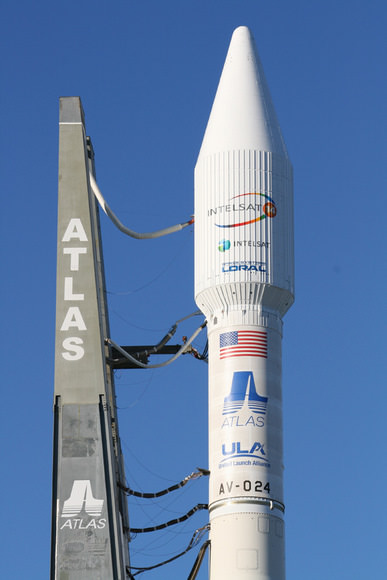
(Editor's Note: Ken Kremer is in Florida for Universe Today covering the current launch attempts of the space shuttle and Atlas) Image caption: The Atlas 5 will orbit the commercial Intelsat 14 communications satellite. This photo shows upper portion of rocket and umbilical cord connections leading from mobile launch platform to the decaled 4 meter wide white colored payload fairing and Centaur upper stage. The flight is designated as tail number AV-024. Credit: Ken Kremer
Shortly after midnight on Saturday November 14 the launch of an Atlas 5 rocket poised at Complex 41 and bathed in xenon lights was suddenly halted when engineers discovered a power dropout with the ORCA, or Ordnance Remote Control Assembly.
(...)
Read the rest of Atlas Launch halted by ORCA; Shuttle Atlantis Next in Line (671 words)
Designing a Better Astronaut Glove
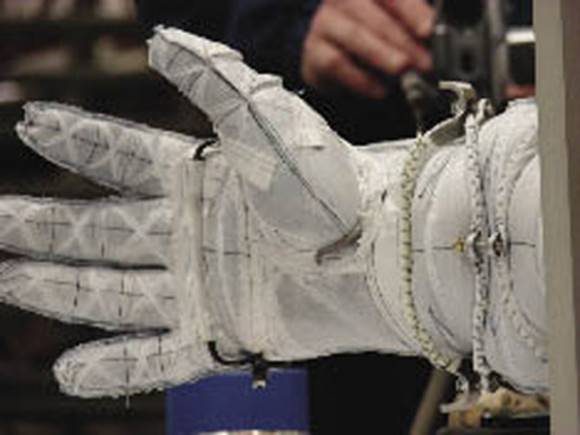
If you can build a better mousetrap, then you can certainly build a better glove for astronauts! Making a glove that both protects the hands of the astronauts in the harsh environment of space or on the Moon, and allowing them the dexterity to manipulate tools is a tough challenge for NASA. That's why they are holding the second Astronaut Glove Challenge on November 19th, with a $400,000 prize for the best glove.(...)
Read the rest of Designing a Better Astronaut Glove (334 words)
Water on the Moon
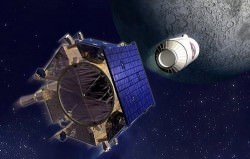
Water has long been suspected to exist in the permanently shadowed polar craters on the Moon, and now the LCROSS impact has allowed scientists to make a direct and definitive finding of this precious resource in a place NASA and other space agencies are considering exploring with human expeditions. Many say this could be a game-changing discovery for the future of lunar science and exploration. Unlike the previous announcement in September of water on the Moon, where water exists diffusely across the moon as hydroxyl or water molecules adhering to the surface in low concentrations, this new discovery could mean underground reservoirs of water ice. "There is too much water to be just absorbed in the soil," said Anthony Colaprete of the LCROSS mission at Friday's press conference. "There has to be real solid ice there. You could melt it and drink it."
(...)
Read the rest of Water on the Moon (326 words)
Ok, Spirit Rover, Let's Blow This Pop Stand!
On Monday, Nov. 16, NASA will begin transmitting commands to the Spirit rover on Mars to begin the extrication process to free the rover from where she has been stuck since April 23rd of this year. While members of the rover team have not given up on getting the rover to rove again, they were very guarded at a press conference Thursday in showing any optimism about removing Spirit from her predicament. "Spirit is facing the most challenging situation we have seen on Mars," said Doug McCuistion director, Mars Exploration Program. "We know a lot of people view Spirit with great affection, and have followed along with the mission and seen new vistas and landscapes along with the rover to uncover new knowledge about our sister planet. But I want everybody to be realistic. This is a serious situation and if it cannot make the great escape from this sandtrap its likely this lonely spot might be where Spirit ends its adventures on Mars."
(...)
Read the rest of Ok, Spirit Rover, Let's Blow This Pop Stand! (525 words)
LCROSS Confirms "Buckets" of Water on the Moon
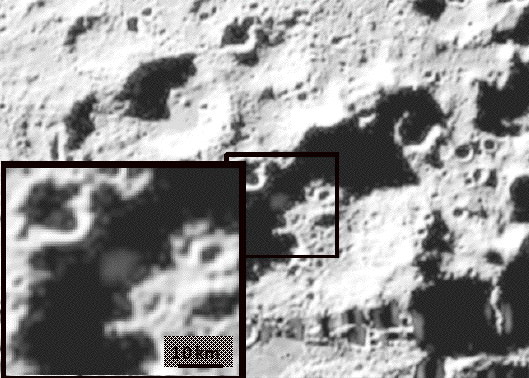
The LCROSS team announced today the mission successfully uncovered water during the Oct. 9, 2009 impacts into the permanently shadowed region of Cabeus cater near the moon’s south pole. "Indeed yes, we found water. We didn't find just a little bit we found a significant amount," said Tony Colaprete, principal investigator for LCROSS at a press conference. The team was not able to put a concentration of how much water is held in the lunar regolith, but in a fraction of the 20-30 meter crater the impact made, they were able to observe about 25 gallons (95 liters) of water with spectroscopic data. Colaprete held up a 2-gallon (7 liter) bucket, to demonstrate how much they found.
(...)
Read the rest of LCROSS Confirms "Buckets" of Water on the Moon (622 words)
Weekend SkyWatcher's Forecast – November 13-15, 2009
 Greetings, fellow SkyWatchers! It's a dark sky weekend and for many of us, the weather scene is improving greatly. Are you ready to enjoy some astronomy? Then take the chance to get out in the early morning and admire the alluring dance of the "Old Moon in the New Moon's Arms" as it silently changes planetary partners over the next few days and catch some bright and early Leonid meteors. You won't need gigantic optics to enjoy this weekend's studies as we have a look at some very impressive double stars, galaxies and open clusters. Dust off those optics! And meet me in the backyard…. (...)
Greetings, fellow SkyWatchers! It's a dark sky weekend and for many of us, the weather scene is improving greatly. Are you ready to enjoy some astronomy? Then take the chance to get out in the early morning and admire the alluring dance of the "Old Moon in the New Moon's Arms" as it silently changes planetary partners over the next few days and catch some bright and early Leonid meteors. You won't need gigantic optics to enjoy this weekend's studies as we have a look at some very impressive double stars, galaxies and open clusters. Dust off those optics! And meet me in the backyard…. (...)
Read the rest of Weekend SkyWatcher's Forecast – November 13-15, 2009 (979 words)
NASA Science News for November 13, 2009
The argument that the Moon is a dry, desolate place no longer holds water. At a press conference today, researchers revealed data from NASA's LCROSS mission indicating that water exists in a permanently shadowed lunar crater.
FULL STORY at
http://science.nasa.gov/headlines/y2009/13nov_lcrossresults.htm?list1035898
Unusual Massive White Dwarf Stars Have Oxygen Atmospheres
White dwarfs are strange stars, but researchers recently discovered two of the strangest yet. However, these two oddballs are a missing link of sorts, between massive stars that end their lives as supernovae and small to medium sized stars that become white dwarfs. Somehow, these two once-massive stars avoided the core collapse of a supernova, and are the only two white dwarfs known to have oxygen-rich atmospheres. These so-called massive white dwarfs have been predicted, but never before observed.
(...)
Read the rest of Unusual Massive White Dwarf Stars Have Oxygen Atmospheres (544 words)
Crescent Earth as Seen by Comet Chasing Spacecraft
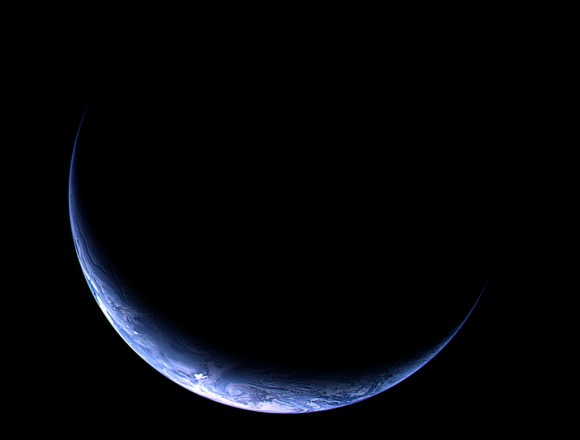
Title this one "Rich Blue Crescent" (as opposed to Pale Blue Dot.) This spectacular image of our home planet was captured by the OSIRIS instrument on ESA's Rosetta comet chaser today (November 12) at 12:28 GMT from about 633,000 km as the spacecraft approached Earth for the third and final swingby. Closest approach is due at 07:45 GMT, on November 13. You can follow Rosetta's progress at ESA's Rosetta site and the Rosetta Blog.
NASA Science News for November 12, 2009
On Monday, NASA will begin transmitting commands to its Mars exploration rover Spirit as part of an escape plan to free the venerable robot from its Martian sand trap.
FULL STORY at
http://science.nasa.gov/headlines/y2009/12nov_freespirit.htm?list1035898
Shedding Light on the Sun's "Lithium Mystery"

For decades, astronomers have known our Sun contains a low amount of lithium, while other solar-like stars actually have more. But they didn't know why. By looking at stars similar to the Sun to study this anomaly, scientists have now discovered of a trend: the majority of stars hosting planets possess less than 1% of the amount of lithium shown by most of the other stars. “The explanation of this 60 year-long puzzle is for us rather simple,” said Garik Israelian, lead author on a paper appearing in this week's edition of Nature. “The Sun lacks lithium because it has planets.”
This finding sheds light not only on the lack of lithium in our star, but also provides astronomers with a very efficient way of finding stars with planetary systems.
(...)
Read the rest of Shedding Light on the Sun's "Lithium Mystery" (346 words)
2012: NASA's Scientific Reality Check
NASA is now joining in to combat the 2012 nonsense. Don Yeomans, manager of NASA's Near Earth Object office has produced a video and written an article, providing the scientific realities surrounding the celestial happenings of 2012. Yeomans has done a wonderful job explaining everything that is and isn't going to happen in 2012, and we're happy to add his work to our collection of 2012 debunking articles.
(...)
Read the rest of 2012: NASA's Scientific Reality Check (651 words)
Great Observatories Combine for Stunning Look at Milky Way
All we can say is, "Wow!" In celebration of the International Year of Astronomy 2009, NASA's Great Observatories — the Hubble Space Telescope, the Spitzer Space Telescope, and the Chandra X-ray Observatory — have collaborated to produce an unprecedented image of the central region of our Milky Way galaxy. This is a never-before-seen view of the turbulent heart of our home galaxy. The image is being unveiled by NASA to commemorate the anniversary of when Galileo first turned his telescope to the heavens in 1609. NASA provided this image and the individual images taken by each of the Great Observatories to more than 150 planetariums, museums, nature centers, libraries, and schools across the country.
(...)
Read the rest of Great Observatories Combine for Stunning Look at Milky Way (86 words)
Finding the Mama Bear of Black Holes
While astronomers have studied both big and little black holes for decades, evidence for those middle-sized black holes has been much harder to come by. Now, astronomers at NASA's Goddard Space Flight Center in Greenbelt, Md., find that an X-ray source in galaxy NGC 5408 represents one of the best cases for a middleweight black hole to date. "Intermediate-mass black holes contain between 100 and 10,000 times the sun's mass," explained Tod Strohmayer, an astrophysicist at Goddard. "We observe the heavyweight black holes in the centers of galaxies and the lightweight ones orbiting stars in our own galaxy. But finding the 'tweeners' remains a challenge."
(...)
Read the rest of Finding the Mama Bear of Black Holes (506 words)
the Bluffer's Guide to the Cosmos
The English language continually evolves. Just see Ambrose Bierce's definition of dictionary. New concepts call for new words that often evolve from a new dictum. Astronomy has made its fair share of contributions to this cause. But, Daniel Hudon's book ";The Bluffer's Guide to: The Cosmos" belies such augmentations. Within, the language is as common and everyday as what you used around the gas pump or barber shop. Yet, the science and information is as exact and appropriate as needed to communicate an idea.
(...)
Read the rest of the Bluffer's Guide to the Cosmos (290 words)
